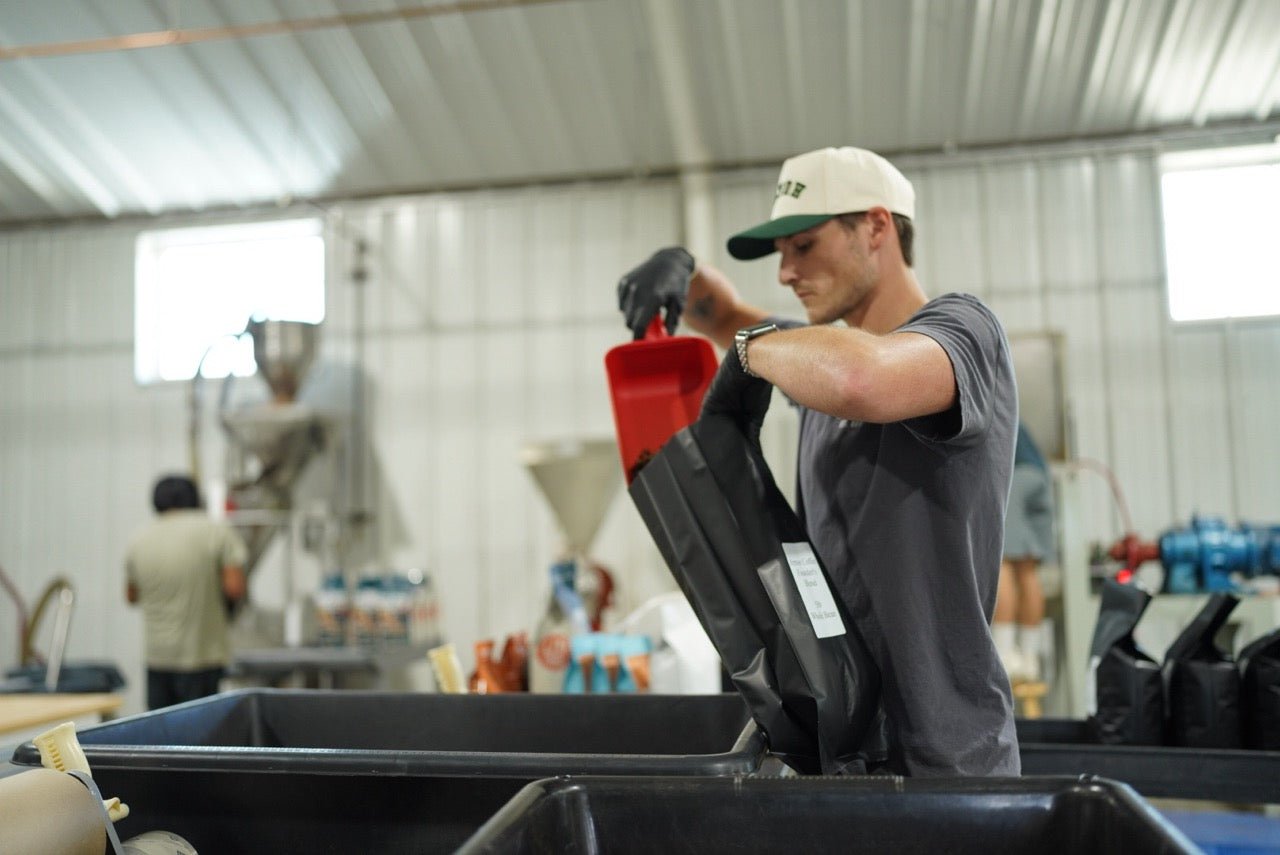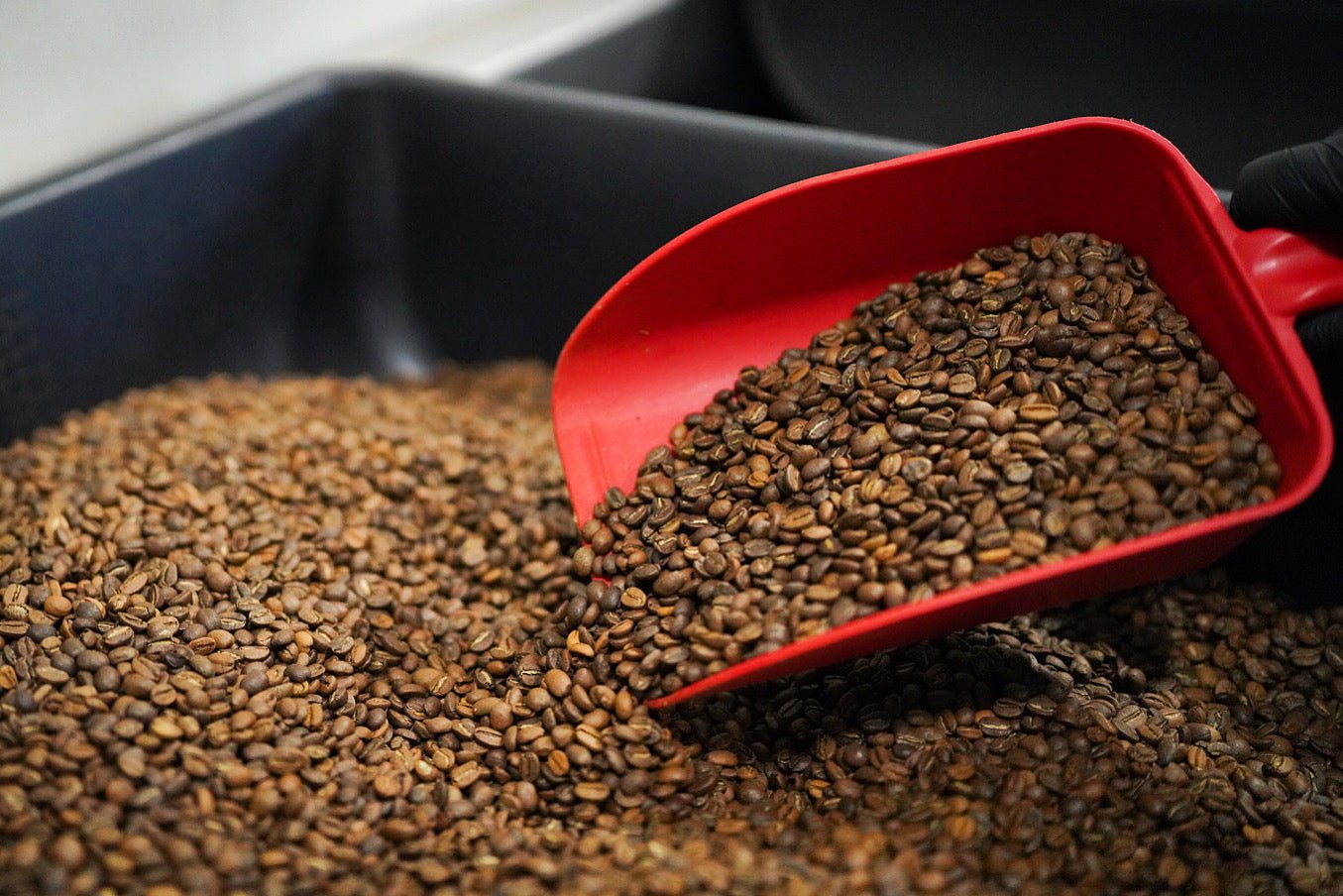Cupping coffee after it has been roasted is important for several reasons:
-
Quality control: Cupping allows coffee roasters to evaluate the quality of the coffee beans after roasting. It helps to identify any defects or issues that may have occurred during the roasting process. This ensures that the coffee being sold is of the highest quality and meets the roaster's standards.
-
Flavor profiling: Cupping allows coffee roasters to identify the specific flavors and aromas that are present in the coffee. This information is used to create consistent blends, and to make adjustments to the roasting process in order to achieve the desired flavor profile.
-
Sourcing: Cupping can be used to evaluate the quality of coffee beans from different regions and producers. This information can be used to make decisions about which beans to purchase, and to ensure that the coffee being sold is of the highest quality.
-
Consistency: Cupping allows coffee roasters to maintain consistency in the taste and quality of their coffee blends over time. It can be used to make adjustments to the roasting process to ensure that the final product is consistent with previous batches.
-
Innovation: Cupping allows coffee roasters to experiment with new blends, origins, and roast levels. This could lead to new coffee blends, that could be popular among coffee lovers.
Overall, cupping coffee after it has been roasted is an essential step in the coffee production process. It allows coffee roasters to ensure that the coffee they are selling is of the highest quality and meets their standards, as well as to identify the specific flavors and aromas present in the coffee.


